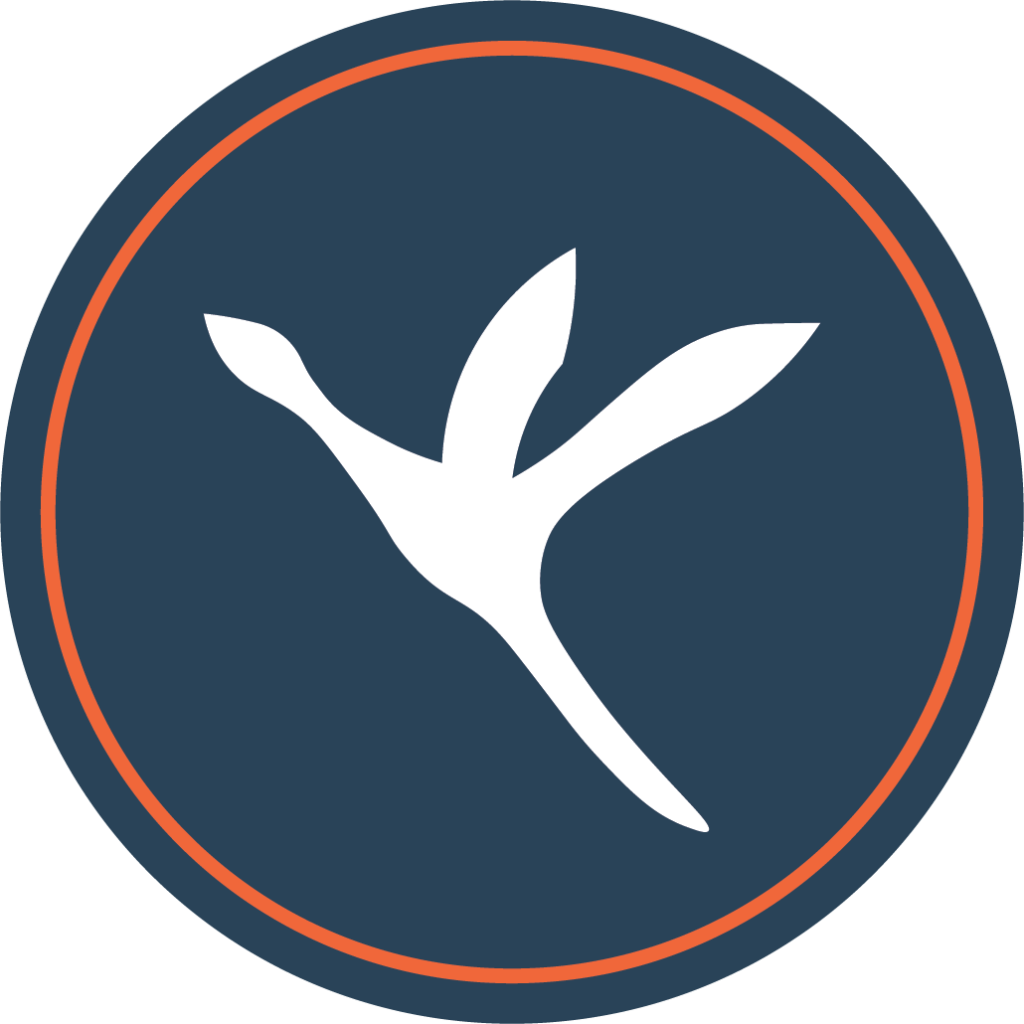The mighty Mackenzie River is the second-longest river in North America – after the Mississippi – and its tributaries drain a fifth of Canada. Its powerful waters rise in Great Slave Lake near Fort Providence and flow over 1,700 kilometres to the Mackenzie Delta and Arctic Ocean. This is the North’s original highway and a life-giving artery.
It’s believed prehistoric peoples followed the route of the Mackenzie valley over 10,000 years ago during the initial human migration from Asia to North America. The river was known as Deh Cho (“big river”) to the Dene who lived along its tributaries. The Inuvialuktun name, Kuukpak, means “great river,” and the Gwich’in name, Nagwichoonjik, means “river flowing through a big country.”
It takes its English name from Alexander Mackenzie, a fur trader from Montreal who explored its waters in 1789. Tiny seasonal trading posts called Forts were set up as a result, and evolved into the river communities of today. The ease of transportation the Mackenzie offered made it a central route for explorers, traders, and missionaries.
The Mackenzie continues to be a route for trade today, with tugs and barges delivering goods to communities from Great Slave Lake to the Mackenzie Delta, and from Alaska to Nunavut. Break-up on the mighty river is always a momentous occasion each spring as the waters once again come to life. The Mackenzie is usually free of ice by early June and stays open until about November.
Over 50 species of fish swim through these waters. Whitefish, Inconnu and Long-Nose Suckers all migrate between the Mackenzie and the Liard, its biggest direct tributary. Some 215 bird species have been recorded in the Mackenzie Delta, including species such as the whooping crane, peregrine falcon and bald eagle. Many migratory birds also use the Mackenzie for navigation each year. The Delta is also an important calving ground for beluga whales, while moose, minks, beavers, and muskrats are all found along the river banks.
The communities on the banks of this legendary river are likewise intrinsically connected to the mighty Mackenzie, which continues to play a vital part in shaping our spectacular NWT.









